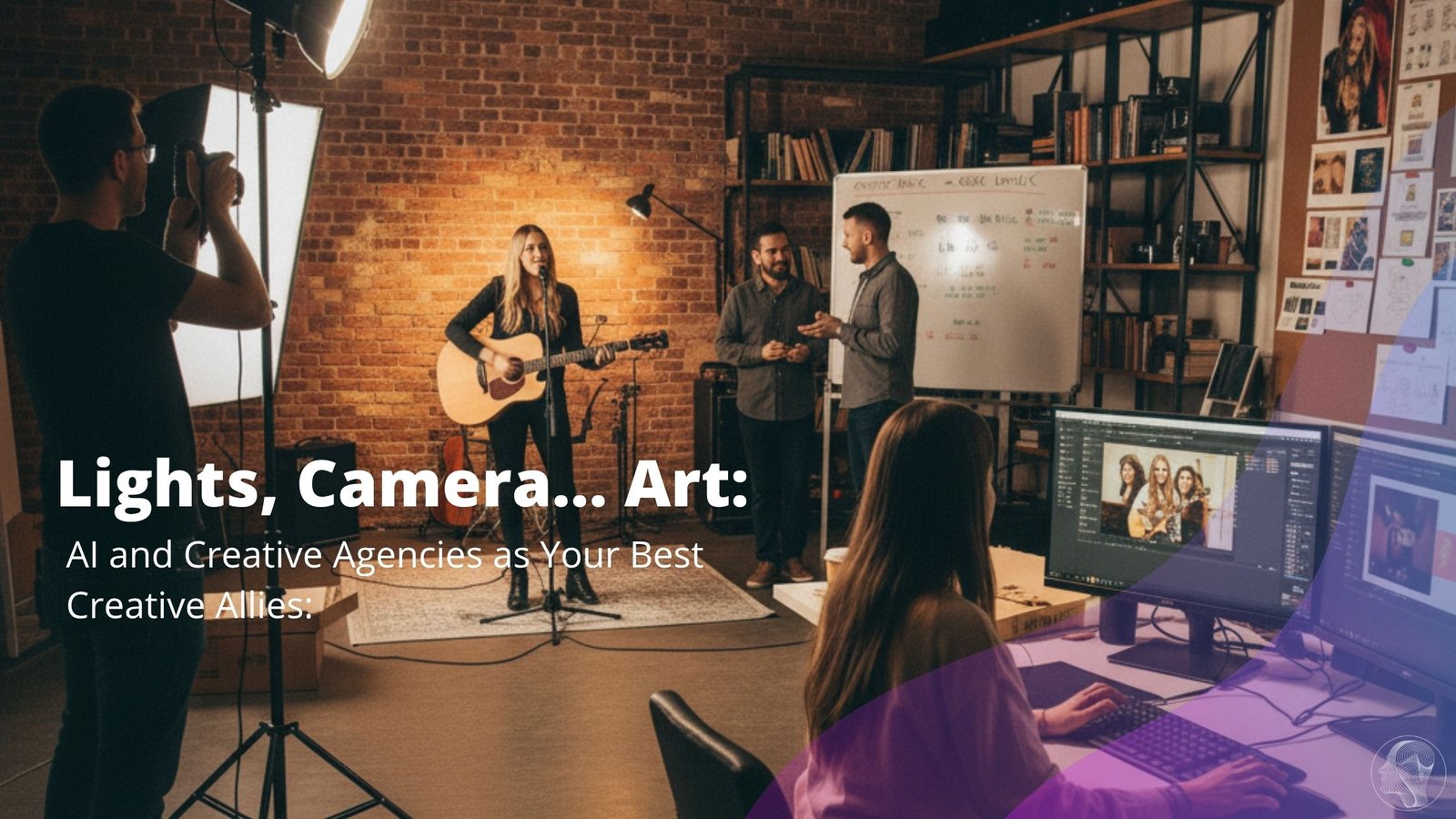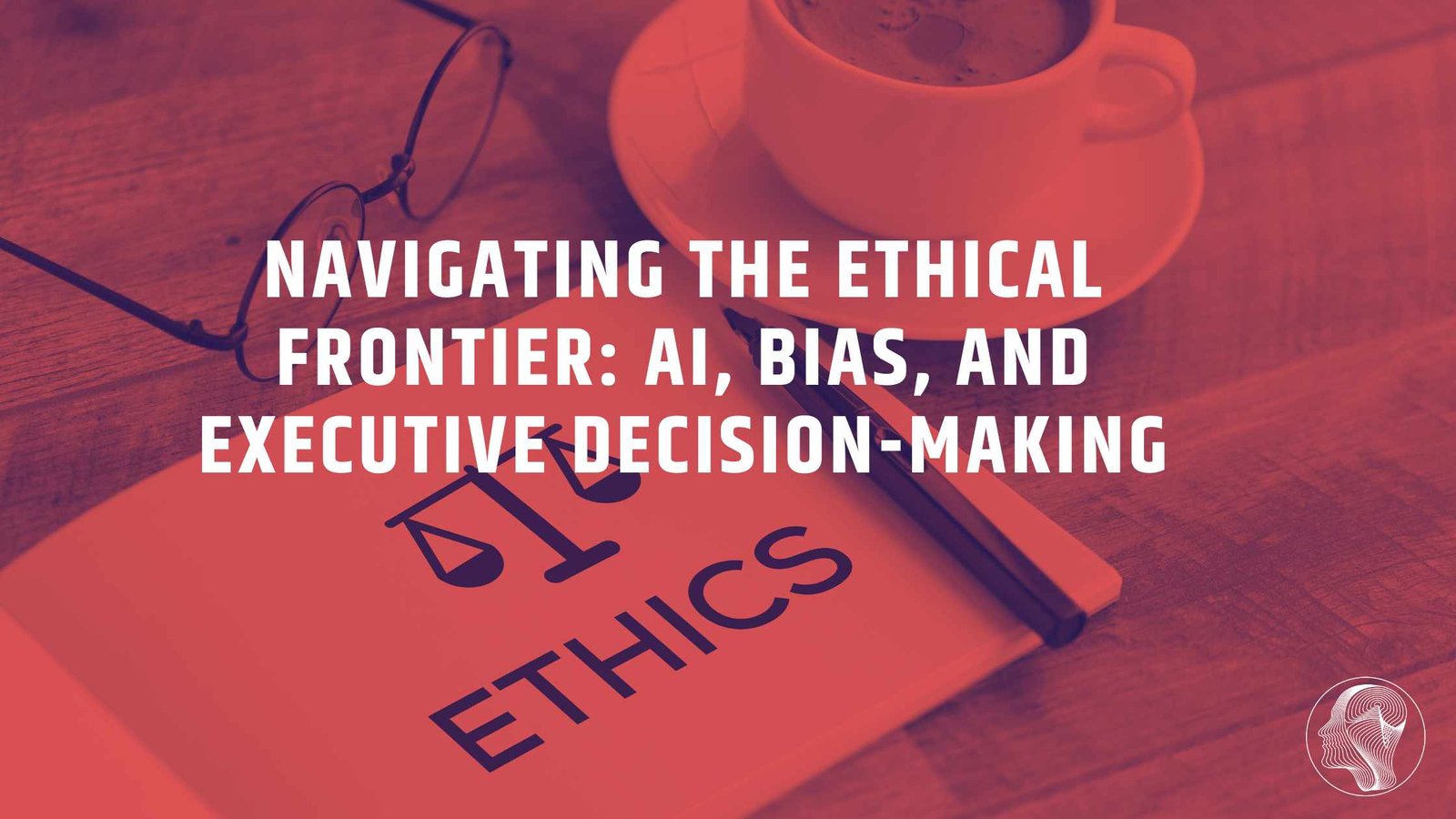Table of Contents
ToggleThe AI Revolution
Artificial intelligence (AI) is no longer just a futuristic buzzword; it's a transformative force impacting industries, businesses, and society as a whole. Defined as the ability of machines to mimic human intelligence, AI encompasses technologies like computer vision, natural language processing, and machine learning. But with great power comes great responsibility—and controversy. Let’s dive into how AI is reshaping the world and explore the critical opportunities and challenges it presents.
1. What is AI? Breaking Down the Buzz
AI, at its core, is about empowering machines to perform tasks traditionally requiring human intelligence. This includes learning, problem-solving, and making decisions.
- According to Lasse Rouhiainen, “AI is the ability of computers to do activities that normally require human intelligence.”
- Sandra Valverde Bourdié describes AI as “the combination of algorithms planned with the purpose of creating machines that provide the same capabilities as the human being.”
Key enabling technologies:
- Computer Vision: AI systems like Tesla’s self-driving cars use this to interpret the world visually.
- Speech Recognition: Virtual assistants like Siri and Alexa thrive on this.
- Natural Language Processing (NLP): Tools like ChatGPT use NLP to generate human-like text.
2. AI’s Business Impact: Innovation or Disruption?
AI is not just a tool; it’s a competitive edge. Companies across industries—from healthcare to marketing—are leveraging AI to redefine their operations.
Case Study: Amazon's AI Mastery
Amazon is a prime example of AI utilization:
- Product Recommendations: Algorithms analyze browsing behavior to suggest products.
- Warehouse Robotics: AI streamlines logistics for faster delivery.
- Customer Experience: Chatbots handle queries efficiently, enhancing user satisfaction.
As Sandra Valverde Bourdié notes, “Amazon is probably the company that uses AI the most in the world today.”
Broader Applications
AI is used in fraud detection, predictive modeling, and even creative endeavors like designing advertisements. Businesses that fail to adapt risk becoming obsolete.
For more on AI’s role in business transformation, visit Harvard Business Review’s AI Insights.
3. The Workforce and AI: Threat or Opportunity?
The rise of AI has triggered debates about job displacement versus job creation.
Automation and Job Displacement
AI-driven automation could replace roles in manufacturing, customer service, and logistics. For example, chatbots are taking over many customer service positions.
New Opportunities
However, AI is also creating jobs in areas like data science, AI ethics, and machine learning engineering. Emotional intelligence and creativity are becoming invaluable human skills in an AI-driven world.
AI Ethics and Responsible Development
AI systems do not replace people; they can only plagiarize certain superficial characteristics of intelligence. Ensuring ethical use of AI will require new regulations and frameworks.
Listen to our first episode about this topic!
4. Ethical Dilemmas: The Dark Side of AI
Algorithmic Bias
Bias in data leads to biased AI systems. A notable example: Amazon discontinued an AI recruiting tool that favored male applicants over women.
Data Privacy
AI systems rely heavily on data. While “data is the new oil,” as Rouhiainen notes, it also raises privacy concerns.
AI’s growing capabilities come with significant ethical concerns.
The Call for Regulation
Governments and tech leaders are urging for the development of ethical guidelines. As AI evolves, ensuring transparency, fairness, and accountability is crucial.
Dive into ethical AI frameworks at MIT Technology Review.
5. Data as the Lifeblood of AI
AI thrives on data. The more data available, the better AI systems perform. This relationship is evident in applications like:
- Smart Cities: AI uses vast datasets to optimize traffic flow.
- Healthcare: Personalized treatment plans are created using patient data.
Exponential Growth
As Rouhiainen puts it, “AI is developing exponentially, making future advancements difficult to predict.”
Charting a Responsible AI Future
Artificial intelligence holds immense promise, from transforming industries to improving our daily lives. However, it also demands a balanced approach that considers ethics, regulation, and equitable development. As we embrace this revolution, understanding AI's potential—and pitfalls—is the first step toward shaping a better, AI-powered future.
References
- Rouhiainen, Lasse. Artificial Intelligence: 101 Things You Must Know Today About Our Future. Editorial Planeta, 2018.
- Valverde Bourdié, Sandra. Aplicaciones de la Inteligencia Artificial en la Empresa. 2019.
- Harvard Business Review: AI Insights
- MIT Technology Review








One Response